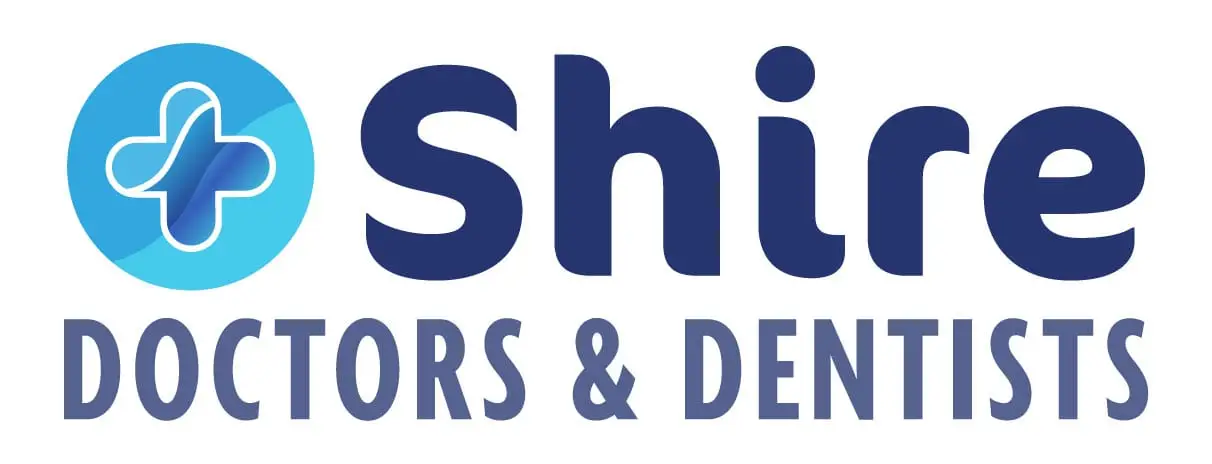Wound Repair
Various types of wounds and different wound repairment strategies
At Shire Minor Clinic, we understand that wounds can occur unexpectedly, ranging from minor cuts and scrapes to more significant injuries. Knowing how to properly manage wounds and choose the appropriate repair method is crucial for optimal healing and minimizing complications.
Types of Wounds
- Abrasion: Superficial wounds caused by friction against a rough surface.
- Laceration: Jagged or irregular cuts caused by sharp objects, resulting in tissue separation.
- Incision: Clean, straight cuts typically caused by sharp objects like knives or glass.
- Puncture: Small, deep wounds caused by sharp, pointed objects piercing the skin.
- Avulsion: Tissue forcibly torn away from the body, resulting in a flap or significant tissue loss.
Wound Repairment Strategies
- Primary Intention: Ideal for clean, straight wounds with minimal tissue loss. Involves bringing wound edges together and securing them with sutures, staples, or adhesive strips.
- Secondary Intention: Suitable for contaminated or irregular wounds with tissue loss. Allows the wound to heal from the bottom up, often requiring regular cleaning and dressing changes.
- Tertiary Intention (Delayed Closure): Combines aspects of both primary and secondary intention. Initially, the wound is left open to allow for drainage and reduction of swelling, then closed once the risk of infection is reduced.
Comparing Glue and Suture
- Sutures (stiches):
-
- Pros: Provide precise wound edge approximation, suitable for deep or high-tension wounds, typically stronger than adhesives.
- Cons: Require skill for placement and removal, may cause tissue trauma or scarring, potential for infection if not properly cared for.
- Tissue Adhesive (Medical Glue):
-
- Pros: Quick and easy application, less traumatic than sutures, no need for removal in many cases, reduces the risk of scarring.
- Cons: Not suitable for all wound types or locations, may not be as strong as sutures, risk of allergic reaction or skin irritation.
Types of Sutures
- Absorbable Sutures: These sutures are designed to break down naturally over time and are typically made from materials like polyglycolic acid (PGA), polylactic acid (PLA), or polydioxanone (PDO). Absorbable sutures are often used for internal stitches or wounds in areas with high mobility, as they eliminate the need for suture removal. However, they may not be suitable for wounds requiring long-term support.
- Non-absorbable Sutures: These sutures are made from materials like silk, nylon, polyester, or stainless steel and are not absorbed by the body. Non-absorbable sutures are ideal for wounds that require long-term support, such as skin closure in high-tension areas or wounds with delayed healing. They require removal by a healthcare professional once the wound has sufficiently healed.
Possible Complications of Wound Repair
- Infection: Bacterial contamination of the wound, leading to redness, swelling, pain, and discharge.
- Delayed Healing: Factors such as poor circulation, underlying health conditions, or inadequate wound care can impede the healing process.
- Hypertrophic Scarring: Excessive collagen formation at the wound site, resulting in raised, red, and sometimes itchy scars.
- Dehiscence: Premature separation of wound edges, often due to excessive tension or inadequate closure technique.
At Shire Minor Clinic, our experienced NP dedicated to providing personalized wound care tailored to your unique needs. Whether you require simple first aid or more complex wound management, we’re here to help you heal effectively and minimize the risk of complications.
Contact us today to schedule an appointment or visit our clinic in Caringbah for prompt and compassionate care.
Looking for a local GP in Caringbah to discuss your concerns?
Our experienced GPs at Shire Doctors and Dentists take the time to assess your symptoms and use their experience and knowledge to assist you feeling good again.
Call 02 9063 8650 to book your GP consultation.

